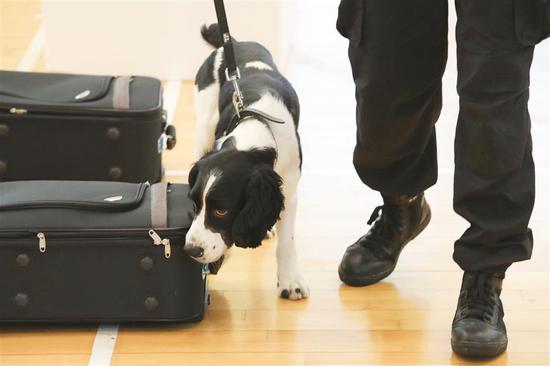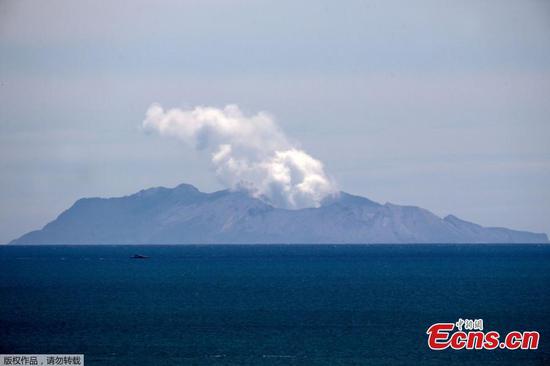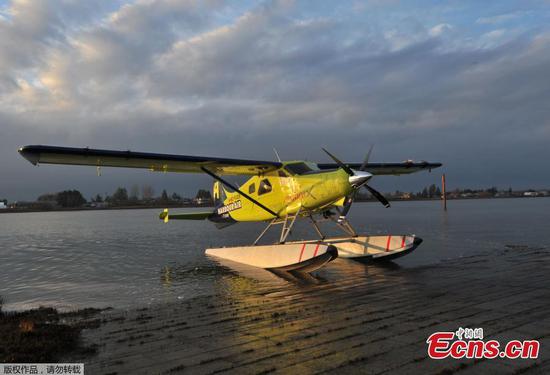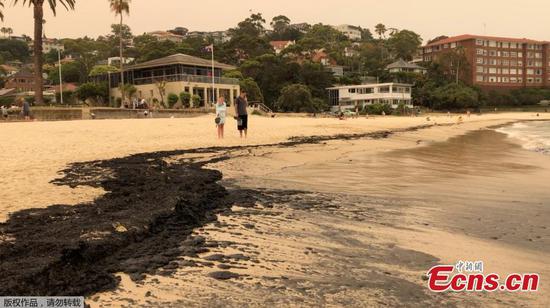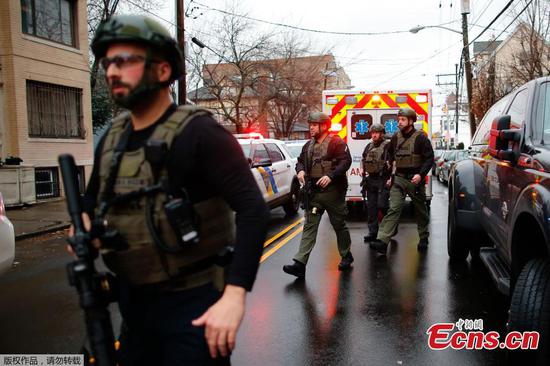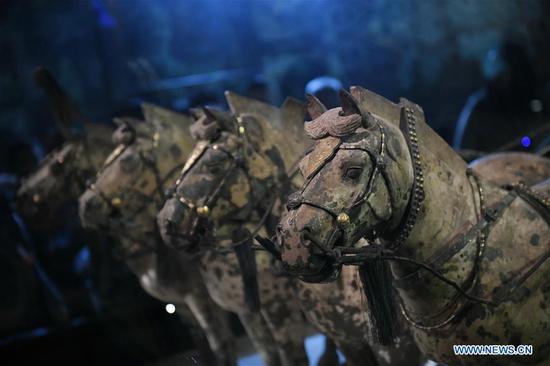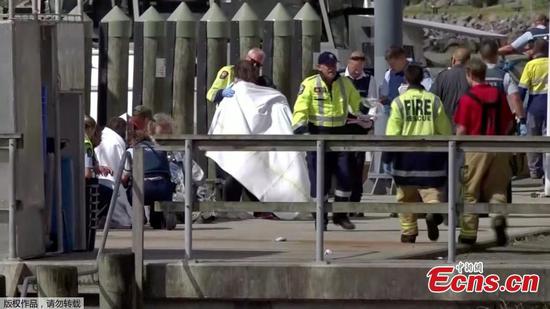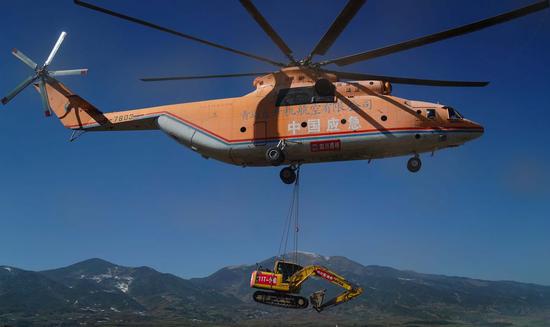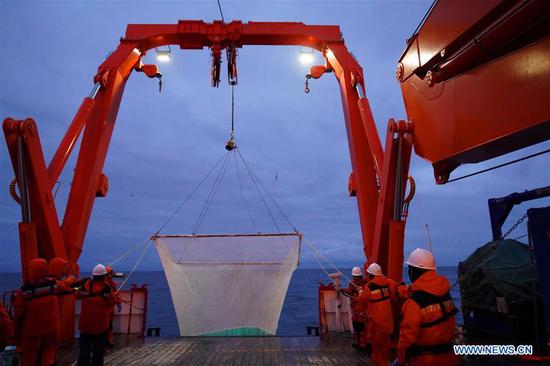Federal regulators permitted the Boeing 737 MAX to remain in the air after a fatal crash despite their analysis that predicted the plane would average a similar crash every two or three years without design changes, according to testimony at a congressional committee Wednesday.
The House Transportation Committee released a 2018 analysis by the US Federal Aviation Administration (FAA) and again raised questions about how the plane was certified and how regulators responded to the initial crash.
"Despite its own calculations, the FAA rolled the dice on the safety of the traveling public and let the 737 MAX continue to fly," said committee Chairman Peter DeFazio, a Democrat from Oregon.
FAA Administrator Steve Dickson, appointed in March 2019 after the two fatal crashes, told the committee that the "system is not broken" and pledged a complete review of certification procedures. He vowed to make changes as needed.
"I'm not going to sign off on this airplane until I fly it myself," testified Dickson, a former Air Force fighter pilot who later flew for Delta Airlines.
Asked if the MAX should have been grounded after the first crash in Indonesia, Dickson said he would have halted all flights "knowing what I know today".
An internal analysis by the FAA prepared in November 2018 — after the crash of a MAX jet in Indonesia, but before the crash of another MAX in Ethiopia — concluded that over the 30-to-45-year life of the jet, it would have been involved in as many at 15 crashes unless fixes were made to the MAX's automated anti-stall system.
Details of the FAA's findings were first reported by The Wall Street Journal. The newspaper calculated that the projected crash total was about equal to all fatal passenger crashers in the previous 30 years from any cause involving Boeing 747, 757, 767, 777, 787 aircraft combined.
Worldwide, the MAX fleet was anticipated to be about 5,000, while the combined fleets of other models totaled about 3,800.
At the time of the FAA's assessment, regulators calculated Boeing would need about seven months to update the MAX's anti-stall system suspected in the crashes. Boeing has submitted a software update to the FAA, but regulators have not yet approved it.
The FAA has said there is no deadline for returning the MAX to service. Boeing hoped the plane would be cleared to return to service this month, but it now appears the plane won't return to the sky until 2020, perhaps March at the earliest.
"Our investigation has revealed that many of the FAA's own technical experts and safety inspectors believe FAA's management often sides with Boeing rather than the public," DeFazio said.
Dickson said certification and safety procedures are constantly updated to meet the demands of new technology and to reflect prior experience.
"We are not delegating anything to Boeing," he assured committee members.
In October 2018, a MAX jet crashed in Indonesia and March 2019 another MAX crashed in Ethiopia. The two crashes killed all 346 passengers and crew onboard. All MAX aircraft have been grounded since March 2019.
The crashes raised questions about the FAA's approval process for the plane, a controversy that remains unresolved. Critics say the FAA depended too heavily on industry insiders when approving the plane, but others say regulators lack the ability to keep pace with new technology and therefore must, in part, rely on industry experts when determining the airworthiness of a plane.
Investigators believe the plane's automated anti-stall device, called the Maneuvering Characteristics Augmentation System (MCAS), erroneously pointed the nose of the planes down to avoid a midair stall and into a fatal plunge.

















